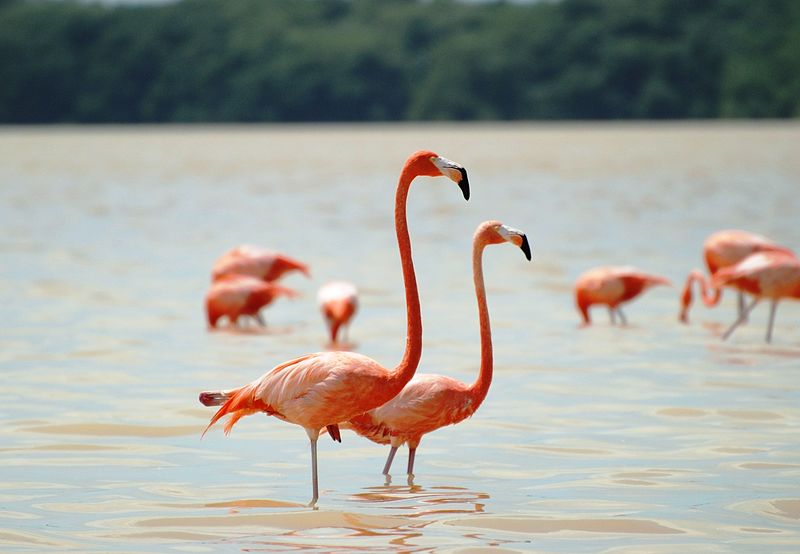

- AMERICAN FLAMINGO PAINTING AUTOBAHN HOW TO
- AMERICAN FLAMINGO PAINTING AUTOBAHN FULL
- AMERICAN FLAMINGO PAINTING AUTOBAHN PROFESSIONAL
- AMERICAN FLAMINGO PAINTING AUTOBAHN SERIES
We can ship to virtually any address in the world. If your order is less than $15.00 we offer Standard Shipping within the U.S at flat rate of only $4.99. Your order total must be $15.00 or more to qualify for the Free Shipping promotion.

Posterazzi is offering Free Shipping on all U.S.
AMERICAN FLAMINGO PAINTING AUTOBAHN HOW TO
We will respond quickly with instructions for how to return items from your order. If you need to return an item, please Contact Us with your order number and details about the product you would like to return. This time period includes the transit time for us to receive your return from the shipper (5 to 10 business days), the time it takes us to process your return once we receive it (3 to 5 business days), and the time it takes your bank to process our refund request (5 to 10 business days). You should expect to receive your refund within 2 weeks of giving your package to the return shipper, however, in many cases you will receive a refund more quickly. This print references the famous beautifully hand-coloured Aubudon print from the 1800s.

We offer a 30 Day Money Back Guarantee so that you can always buy with confidence. The American Flamingo, also called a Caribbean Flamingo, is a tropical bird found in southwest Florida.
AMERICAN FLAMINGO PAINTING AUTOBAHN FULL
We appreciate your patience as we respond to this ongoing situation.You may return any items within 30 days of delivery for an exchange or a full refund. Please note: The Spencer Museum continues to assess the safety of reopening our galleries to the public while following best practices for social distancing.

This exhibition is supported by KU Student Senate and the Linda Inman Bailey Exhibitions Fund, and includes generous loans from the Linda Hall Library and the Kenneth Spencer Research Library. The others, including the wild turkey, cedar waxwings, mallard duck, blue jay, flamingo, snowy egret, wood duck, and ruffed grouse, have populations that have either remained stable or increased since the 1970s, sometimes due to human action and sometimes due to bird adaptation.Īudubon in the Anthropocene explores the intertwined relationship between birds and humans since the publication of The Birds of America in 1827, as well as what may become of these birds, humans, and Earth itself in the future. Two birds, the passenger pigeon and Carolina parakeet, are now extinct, and a third, the ivory-billed woodpecker, is critically endangered. The twelve birds featured in Jackson’s portfolio reflect the intertwined relationships of humans and other life on Earth. Although the term has not been formally adopted by the geologic community, interest in and debate about the Anthropocene coincides with scholarly discussions concerning Earth, its life, and our collective future. Scholars have proposed the “Anthropocene” as a term for our current geological period, characterized by the significance of human intervention in our ecosphere. Each Audubon bird rests amidst potential apocalyptic settings interpreted by Jackson, often referencing final scenarios of the Anthropocene.
AMERICAN FLAMINGO PAINTING AUTOBAHN PROFESSIONAL
are other professional observers of nature including painter Allan Brooks.
AMERICAN FLAMINGO PAINTING AUTOBAHN SERIES
In this portfolio, Jackson dramatically reworks late edition etchings from John James Audubon’s iconic series The Birds of America. Saving American Bird T Filbert Pearson and the Founding of the Audubon. Audubon in the Anthropocene highlights a portfolio of prints by contemporary artist Matthew Day Jackson titled There Will Come Soft Rains.


 0 kommentar(er)
0 kommentar(er)
